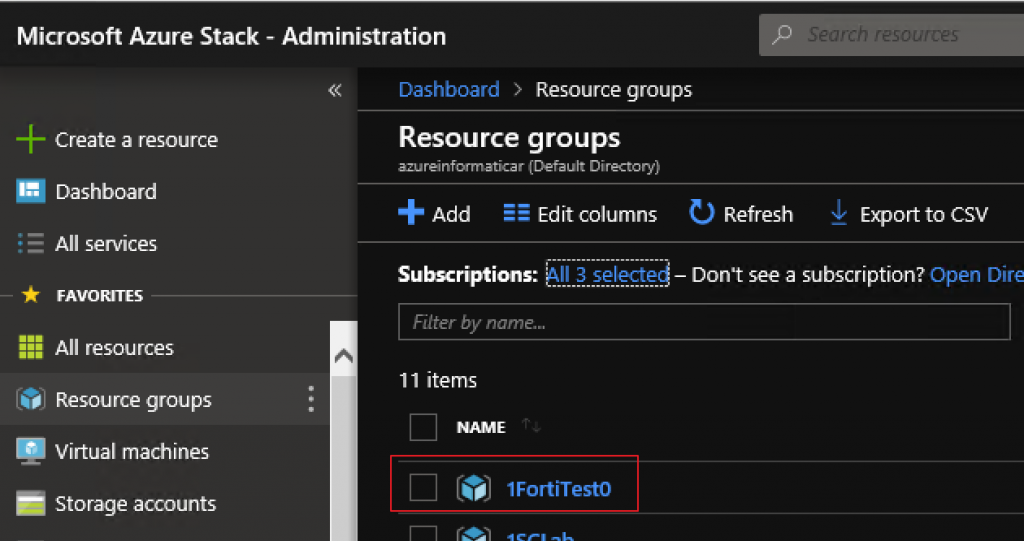

It protects against cyber threats with high performance, security efficacy, and deep visibility. Topologies differ depending on how you distribute incoming and outgoing traffic.įortinet provides a FortiGate marketplace product listing that automatically comes with two FortiGate-VM nodes and LB. FortiGate-VM on Microsoft Azure The FortiGate-VM on Microsoft Azure delivers next generation firewall (NGFW) capabilities for organizations of all sizes, with the flexibility to be deployed as NGFW and/or VPN gateway. A network LB automatically distributes traffic across multiple FortiGate instances when configured properly. Contact with questions.Īlso called Azure LB. Regular Fortinet technical support scope does not support Fortinet-provided ARM templates. Upload ARM templates of your choice that will deploy FortiGate with your desirable topology and configuration.
Launch custom deployment in the Azure portal. IMPORT FORTIGATE VM INTO AZURE DOWNLOAD
Also you can download the templates once the deployment process proceeds.

You will not necessarily see ARM templates on the screen but they are used at the backend.
Find FortiGate product listing on the marketplace and launch from it. You can deploy FortiGate instances in two ways: Ask to find out where you can obtain the VHD images if needed. However, you can launch FortiGate (BYOL) directly from the FortiGate VHD image file instead of using the marketplace. As long as you deploy FortiGate from the marketplace launcher, you do not need VHD files. See Default security rules.Ī special type of deployable image used for Azure. All traffic is allowed inbound to, or outbound from, the subnet, or network interface by default. This profile blocks access into the FortiGate GUI until a different administrator assigns a real profile to this administrator. Unlike AWS, you cannot configure Azure security groups at the time of FortiGate deployment. You must allocate at least one public IP address to FortiGate to access and manage it over the Internet. Usually a set intends to accommodate multiple VMs. In deploying from the marketplace launcher, there are two subnets for FortiGate labeled as PublicFacingSubnet and InsideSubnet by default.Ī group of resources where FortiGate is deployed.Īn availability set is a logical grouping capability that you can use in Azure to ensure that the VM resources you place within it are isolated from each other when they are deployed within an Azure datacenter. You must appropriately configure FortiGate with subnets and route tables to handle traffic. When you deploy FortiGate-VM, relevant network settings are configurable.įortiGate for Azure is a customized Linux VM instance. This is where the FortiGate and protected VMs are situated and users control the network. All services and components listed below relate to ordinary FortiGate single instance deployment or FortiGate-native active-passive HA deployment. FortiOS works with Azure Traffic Manager to provide local access for customers for low. The following table lists Azure services and components required to be understood when deploying FortiGate. disruption using Azure load balancing and two FortiGate-VMs. FortiGate for Azure is a Linux VM instance.






 0 kommentar(er)
0 kommentar(er)
